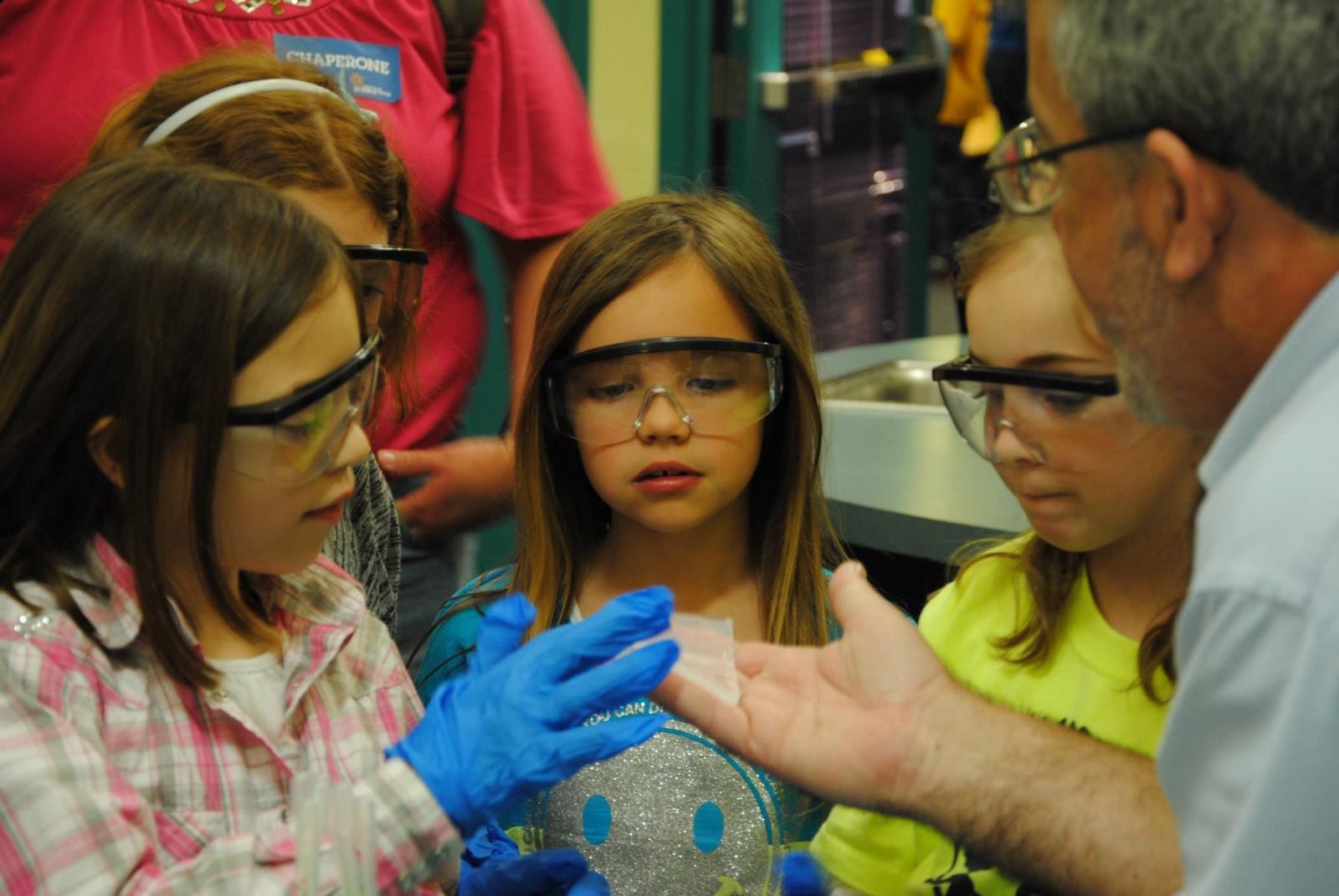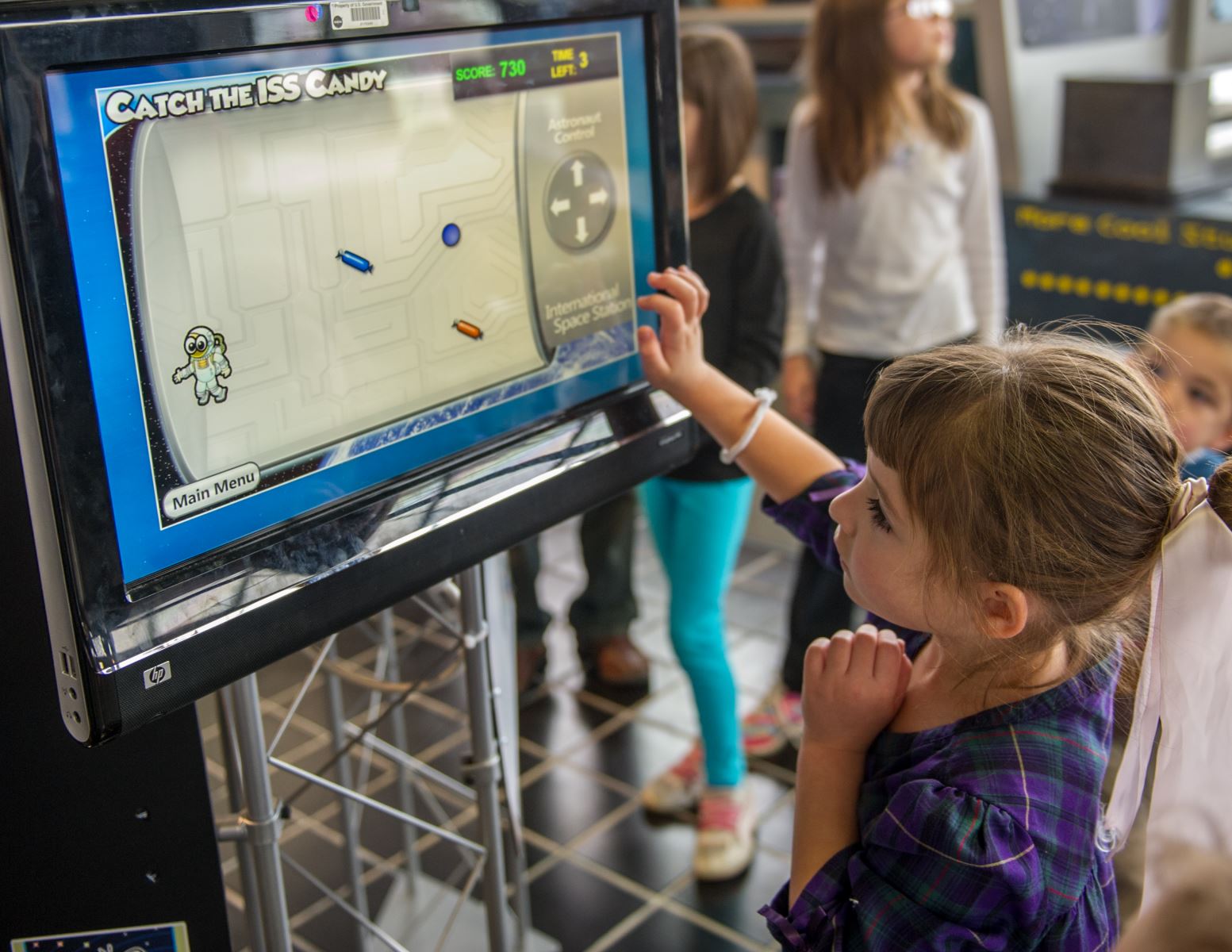By: Inas Essa
The science communication field has been growing significantly over the years, hitting its peak during and after the COVID-19 pandemic, which placed scientific research updates as a top priority globally. This field is defined as a practice of informing and raising awareness of science-related topics with increasing the knowledge of scientific discoveries and arguments.
Since science communication targets a general audience besides researchers specialized in scientific fields, the level of science knowledge varies with each addressed group. That has resulted in some kind of a gap for some groups who may feel marginalized, either because of language barriers, imbalanced representation, the varied scientific issues related to social contexts, the difference in the people’s understanding of science, media influence, and varying degrees of public confidence in scientists.
The aforementioned problem has created a need for a more inclusive foundation in science communication; otherwise, relevant fields’ objectives would be hard to be achieved. To bridge this gap, a new term has emerged; inclusive science communication (ISC), which aims to redress the systemic problems of inequitable access to and engagement with Science, Technology, Engineering, Mathematics, and Medicine (STEM) fields. It also aims to help engage the diverse public in their multiple ways of knowing and expand a sense of belonging in these fields.

What Is ISC and Why Is It Necessary?
ISC is a broad term that encompasses all efforts to engage specific audiences in conversations or activities about STEM topics. What differentiates ISC from typical SciComm is that its research and practice is grounded in inclusion, equity, and intersectionality, making these concerns central to the goals, design, implementation, evaluation, and refinement of science communication efforts.
Its practices have highlighted the importance of equitably serving and collaborating with audiences with an aim to shift typical science communication to help increase the engagement of diverse publics and expand a sense of belonging in STEM through:
- Recognizing historical inequities and centering the voices, knowledge, and experiences of marginalized individuals and communities in STEM dialogue.
- Acknowledging that each person’s individual characteristics (e.g., gender, race, physical ability) overlap with one another and that these intersectional identities give them their unique presence and status in the world.
- Rejecting the oversimplifications model in which science communicators treat public audiences as lacking relevant knowledge or experience.
- Incorporating methods that respect and value the ideas, experiences, questions, and criticisms that diverse publics bring to conversations about STEM.
- Cultivating belonging and engagement of audience and collaborator perspectives.

The Key Traits of ISC
There are 3 fundamental key traits that must exist and work concurrently as any one of them alone is insufficient to reach the main aim:
- Intentionality: It is about implementing intentional consideration of the audience with whom one is communicating, how science is defined in one’s work, and how marginalized identities are, and have been, represented and supported in engagement and communication activities. Its practices include awareness of participants’ lived experiences, prioritizing cultural relevance, and emphasizing a multi-directional, dialogue-based model of engagement. Also, this approach promotes collaboration and co-creation at all stages, from project design through implementation and evaluation.
- Reciprocity: it is the second key trait of ISC that builds on the intentionality concept and is inseparable from the third trait which is reflexivity. It can be simply summarized in “being with, rather than doing for” and ensuring co-created benefit for audiences and communicators/researchers/practitioners. Simply put, the reciprocity trait is about how the communication is supporting collaboration to address inequities that have been present in typical science communication.
- Reflexivity: it is a continuous, critical, and systematic reflection on the communicators’ and audience’s personal identities, practices, and outcomes, followed by adaptation as required to redress inequitable interactions. It promotes gaining the knowledge and skills to redress the effects of exclusive or inequitable efforts. Reflexivity can happen at the individual, programmatic, or institutional level.

How Can Inclusive Science Communication Bridge the Gap?
Besides breaking stereotypes, inclusive approaches and efforts can spark curiosity to build trust that drives behavioral change, and methods, from culturally-relevant exhibit design to community-engaged research.
Additionally, inclusive approaches can generate broad benefits including improved science learning, an increased sense of science identity, and science capital for underrepresented communities, besides creating greater empathy among technical experts.
This could be achieved through:
- Analyzing the language of practice and research to reflect ISC’s key traits.
- Expanding opportunities for multilingual engagement.
- Creating and sustaining in-person and virtual networks and resources for community building.
- Recruiting and supporting diverse leadership.
- Developing new and collaborative approaches to evaluate ISC practices and testing these approaches regularly.
In a nutshell, STEM fields have the potential to empower or marginalize individuals and communities. So, with the increasing interest in the science communication field, scholars, practitioners, and researchers, and science communicators should direct their efforts to make this field one that supports pluralistic societies and enriches public presentation through first acknowledging how identities operate not only interpersonally, but also systemically.
Also, they should align their communication goals and objectives with the appropriate revised strategies, greater public interaction and engagement appear to be a plausible and favorable outcome.

References
inclusivescicomm.org
frontiersin.org